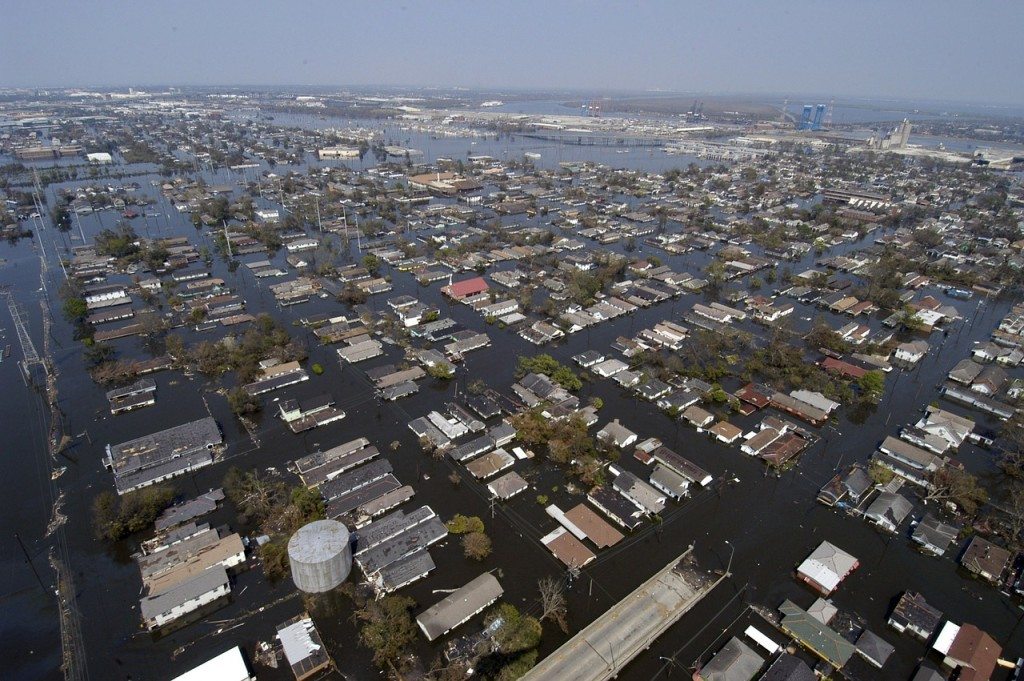Most of the time nature is beautiful and awe inspiring. But when nature turns violent you have to respect it. When Hurricane Katrina slammed into the Gulf Coast ten years ago thousands of businesses found themselves under water and with no power…some of them for weeks. Those that didn’t already have a cloud presence learned very quickly that moving critical systems and data to the cloud is an essential part of business continuity and disaster recovery planning.
I wrote this article for CIO about the impact the cloud has had on disaster recovery plans in the wake of Hurricane Katrina.
It’s hard to be truly prepared to take the full impact of a Category 5 hurricane. Ten years ago, in the case of Hurricane Katrina and the city of New Orleans, there was the added devastation of flooding caused by failed levees. It will hopefully be a very long time before another disaster of that magnitude strikes New Orleans, or any other city for that matter, but organizations still need to be prepared for such an event. As it turns out, the cloud is an ideal tool for managing the risks associated with a hurricane or other natural disaster.
Even prior to Hurricane Katrina it was a security mantra and data protection best practice to ensure at least one backup of crucial data was maintained offsite. The logic being simply that you don’t want your primary data storage and all of your backups to be destroyed in the same hurricane, fire, flood or earthquake.
Offsite backups solve only part of the problem, though, if your servers and data are maintained locally. When disaster strikes and wipes out your primary data, you’ll have to acquire the backup data, deploy and configure new hardware at some secondary location, and restore the data. You’re still looking at days of downtime in a best-case scenario.
Embracing the cloud to reduce risk
The city of New Orleans and businesses like Entergy and DirectNIC that struggled to survive the devastation of Hurricane Katrina learned some valuable lessons. One of the primary caveats when it comes to business continuity is to mitigate risk by embracing the cloud.
Lamar Gardere, director of information technology and innovation for the City of New Orleans, admits that things were still in disarray when the current administration took office in 2010. The IT infrastructure was aging and many of the city’s critical applications were still being run on physical servers.
One of Gardere’s first tasks was to modernize onto a highly virtualized infrastructure to allow for servers to be quickly created, resized and moved from one site to another in the case of a major disaster. “We created a private cloud with the ability to leverage all the same capabilities as you might imagine are available if you were using Amazon’s cloud, for example. This flexibility is at the heart of our disaster recovery capabilities and allows us to quickly transfer/failover services to remote locations,” Gardere says. “During normal times, it also allows us to maximize our infrastructure investment, consolidate IT resources across areas of government, better manage resources remotely and respond more quickly to our customers.”
Read the full story on CIO.com: 10 years after Hurricane Katrina: IT lessons learned.
- When Security Automation Meets Agentic AI - September 12, 2025
- Rethinking Cybersecurity in the Age of AI and Digital Twins - August 25, 2025
- 10 Clever Tech Gadgets Every Student Will Actually Use - August 21, 2025



